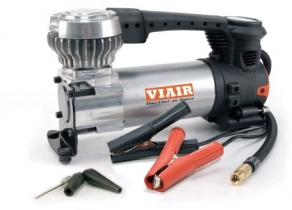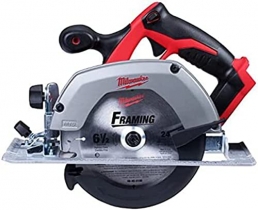-
Welcome to Tacoma World!
You are currently viewing as a guest! To get full-access, you need to register for a FREE account.
As a registered member, you’ll be able to:- Participate in all Tacoma discussion topics
- Communicate privately with other Tacoma owners from around the world
- Post your own photos in our Members Gallery
- Access all special features of the site
Soldering 101
Discussion in 'Technical Chat' started by Sylvario, Jul 22, 2010.


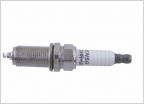 Spark Plugs: 1 GR-FE Can I change only 3?
Spark Plugs: 1 GR-FE Can I change only 3? Center bearing and U joints
Center bearing and U joints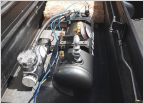 Can I fuse a thicker wire with a thinner wire?
Can I fuse a thicker wire with a thinner wire?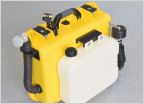 Advice Needed: Portable Power Station & Diesel Heater
Advice Needed: Portable Power Station & Diesel Heater OEM Connectors and Pigtails
OEM Connectors and Pigtails

